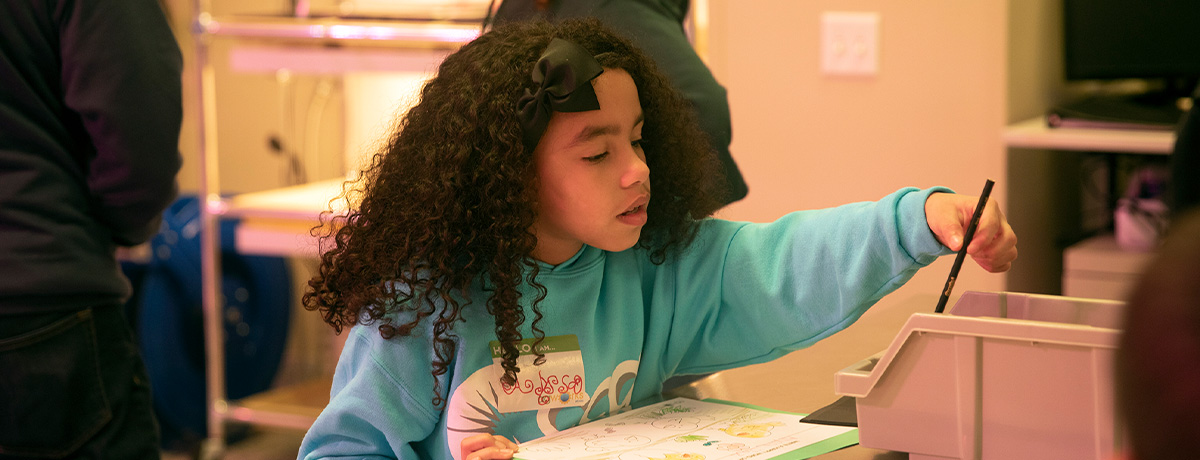Enrollment Now Open for Second Semester. Click Here
Enrollment Now Open for Second Semester. Click Here

Crafting an effective learning environment for your child can boost their performance and foster a love of learning. This space should match their needs, learning habits, and independence levels to ensure they feel secure and supported. Keep reading to discover how learning environments can affect academic achievement and how to create a proper space for your learner.
Your child’s learning environment plays a vital role in their academic performance. Our environments influence how we feel and think, and a well-designed learning environment can enhance academic performance.
Many factors can make or break a learning environment. For example, natural light can give us a boost by waking us up and letting us know it’s time to be productive. We become less sleepy and more alert when we experience natural light, making the daylight hours an excellent time to get work done.
On the other hand, nighttime studying can hinder learning. Computers, laptops, phones, and other digital devices all emit blue light, which prevents your body from releasing melatonin. Because of that blue light, using smart devices and other electronics late at night can make it hard to fall asleep. Studying on their computer at night or staying up to finish assignments can make it harder for your child to get a good night’s sleep and focus the next day.
A conducive learning environment is free of frustration and physical intimidation, enabling students to engage, learn, and exchange meaningful ideas. In these environments, instructors respect the student’s safety while the learner interacts with the materials and ideas. To establish this sense of security and support, you need:
Creating a conducive virtual learning environment can take time while you and your child determine what works best for them. Additionally, you will have to ensure your learner can engage with materials in the best way for them while feeling safe and productive.
Creating a conducive learning environment involves creating a physical workspace where students can boost their learning and stay productive. The environment will vary based on:
The physical space your child works in can hinder or boost their productivity and performance. You want to ensure they feel safe, secure, and encouraged in this space so they can work without interruptions and feel confident in their efforts. It’s important to keep a few things in mind when making this special place:
The physical workspace is only part of setting your child up for learning success. Another essential aspect of an effective workspace is ensuring your child feels safe, secure, and confident. Keep these tips in mind to create a safe mental space for your child:
Commonwealth Charter Academy fosters a conducive learning environment for every student. We understand that every child learns differently and needs unique tools to succeed academically. That’s why we offer personalized education programs for every student.
Our unique curriculum makes it easier for students to learn in a way that’s meaningful to them. Our teachers collaborate with families and students to ensure each child receives the support they need. We customize the learning experience to each child’s interests and abilities, so they can make real-world connections and develop a more profound love for learning.
Along with our academic programs, CCA makes it a priority to protect students from bullying and keep your child safe while they learn. While online learning eliminates physical bullying during school hours, we also have virtual precautions. We’ve established firm reporting and response procedures and our healing resources and prevention are always available.
CCA wants your child to succeed as much as you do. We’ve created a unique program to encourage growth in every child while creating a deep connection between learners and their education. At CCA, you can create a conducive learning environment from home to let your child learn in a safe, productive, and meaningful environment. Request more information about how CCA can help your child succeed.
Enrollment Now Open for Second Semester. Click Here